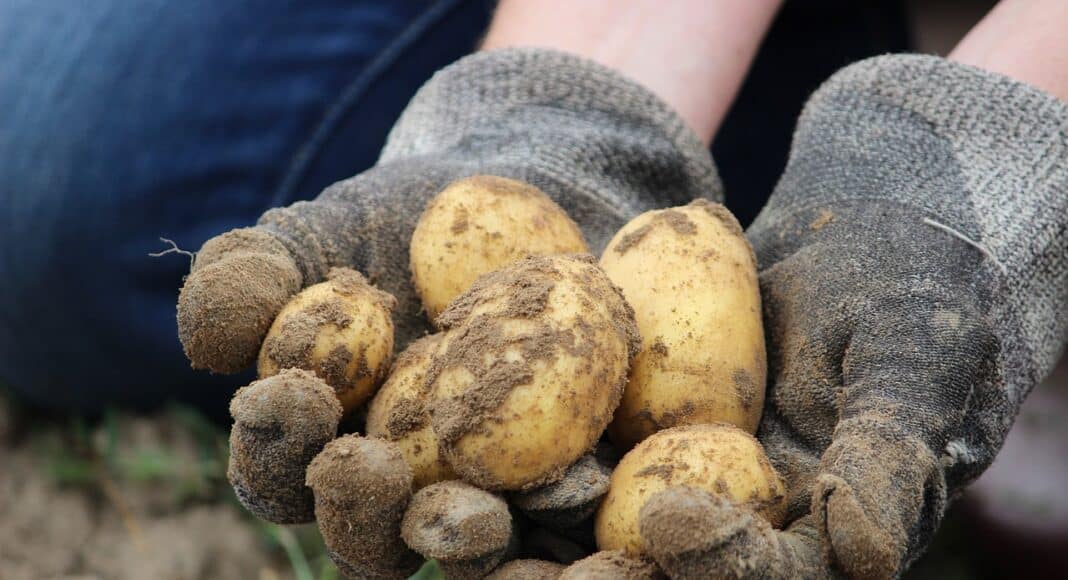Soil is not inert. Given the proper conditions, it is a vibrant ecosystem – full of life.
In nature, soil is kept healthy by the natural process of the plant life cycle. Plants drop their leaves and the stems and roots decay. This organic matter returns to the soil and feeds the beneficial organisms that live in that soil, which collectively make up what we call the microbiome. Constant recycling of nutrients provides a stable environment for these living organisms, which results in healthier plants.
Agriculture disrupts this process. When we harvest a crop, we’re preventing that organic matter from returning to the soil and feeding the microbiome. Over time, that leads to soil that can no longer sustain a healthy microbiome. Soil that can’t sustain microbial life simply can’t sustain a healthy crop.
So, how do we achieve a healthy soil microbiome in a modern potato field? It involves maintaining a delicate balance of nutrients for the plants we grow. Properly balanced fertility systems not only yield better crops with higher quality but also enable plants to cultivate beneficial organisms in the soil. These organisms can improve soil structure and even help the plants fight off diseases.
While we may still need pesticides and fungicides, a well-balanced soil fertility program can enhance the effectiveness of these inputs. By optimizing soil quality, plant performance, and plants’ ability to defend themselves against environmental challenges, we can leverage all available tools to support plant health and foster symbiotic relationships within the soil ecosystem.
When we prioritize soil health and understand the importance of maintaining the proper balance of nutrients, we recognize that the soil itself plays a crucial role in delivering these nutrients to plants.
The goal is to build up the kind of organic matter that truly enhances soil health and soil quality. It’s not merely about piling on organic amendments; rather, it’s about providing the soil with the right conditions so that it can develop its own defense system.
In parts of the world where the soil has been farmed aggressively for centuries, microbes are starved of nutrients. In Canada, we are farming in relatively “new” soils, meaning that the nutrients within the soil have not yet been totally depleted. That said, if we don’t take time to feed our soil and give it what it needs, we’ll eventually reach a point where our soil becomes all but devoid of the nutrients needed to feed those beneficial microorganisms.
It’s time to pay closer attention to achieving that delicate balance in soil fertility for the long-term benefit of both the soil and the plants it sustains.








